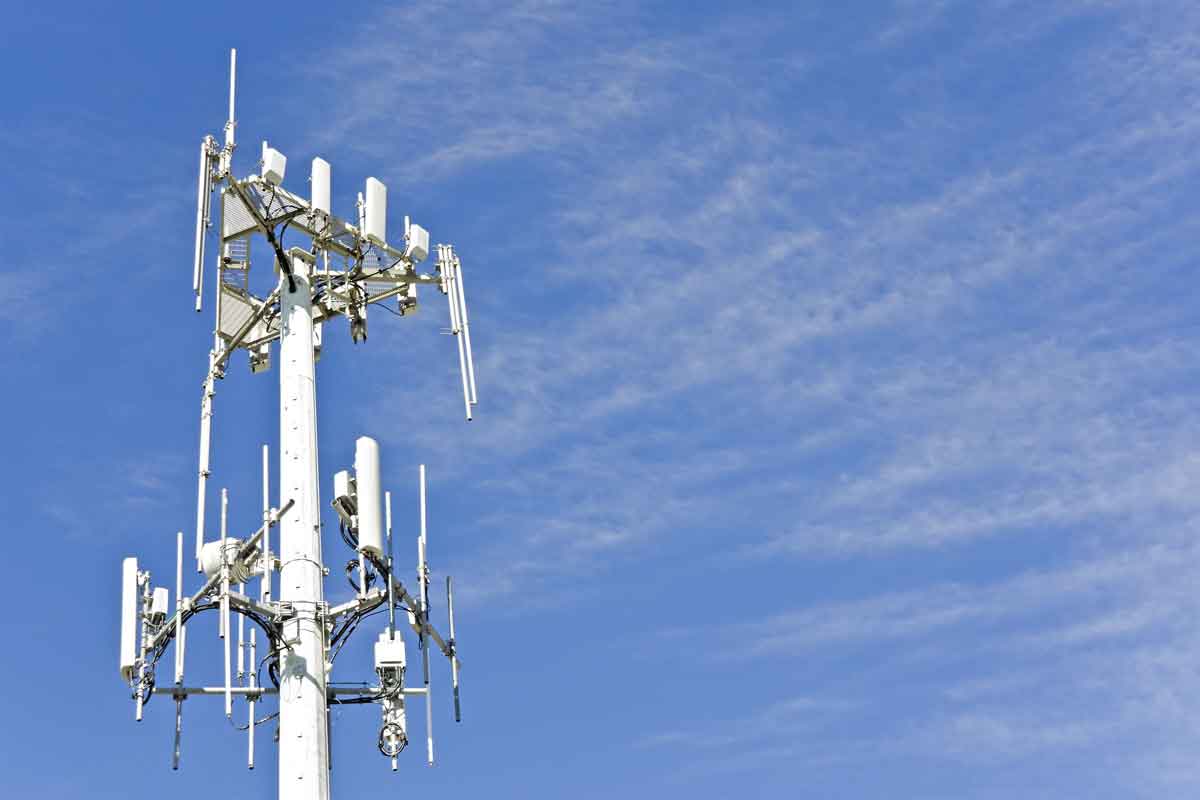If you've ever wandered through a town and spotted tiny 5G cell towers on street light poles. They look like little boxes however, they're actually transmitting wireless signals from mobile providers to your phone.

They are replacing larger, purpose-built cell towers. While they're not as noticeable but they can still create issues for users.
It is the of the FCC's Radiation Exposure Thresholds
The FCC's Radiation Exposure Thresholds establish the safe distance that one can expose to electromagnetic energy generated by wireless devices. The exposure limits are based on research which prove that electromagnetic energy can cause harm to health.
The absorption rate specific (SAR) is an indicator of the amount of radiofrequency energy that is absorbed by tissue. It's typically 1.6 milliwatts per kilogram averaged over one gram of tissue.
But, since 5g operates at higher frequencies, it has the potential to increase the intensity of energy on the skin and other exposed body areas. faraday hat can result in many potential problems, including an increased development of skin diseases like dermatitis, cancer of the skin and cataracts.
Due to the possible negative effects of 5G radiation, PSU has chosen to establish a general, localized maximum power density of four MW/cm2 measured on 1cm2, and not exceeding 30 minutes for all 5G services running at 3000 GHz. This localized limit is in accordance with the highest spatial-average SAR of 1.6 W/kg, averaged over one grams of tissues at six GHz.
The FCC's Maximum Exposure Thresholds
In the event that you've used cell phone, you're probably aware that a safe location from the tower should be at least 400 meters. This is due to the transmitting power of a cell tower increases dramatically the farther your location from the tower.
Although this may sound like an ideal idea however, people who live close to towers could be more susceptible to health issues. For example, a study from 2014 in India found that those who lived within 50 meters of cell towers experienced significantly more health complaints than those who lived farther away from the antennas.
However, this study also showed that residents who moved into areas farther away from the cell towers saw their symptoms improve within a couple of days. Other studies have shown that exposure to high levels of radiofrequency electromagnetic fields (EMFs) could cause brain tumors, cancers and other health issues.
This is because radiofrequency radiation, used in wireless communication can be absorbed by the body's outer layer, the skin. This is important to understand since the skin functions as a shield against injury to the body, infection from pathogenic microorganisms, as well as the entry of harmful substances. Additionally, it is the most important organ in the human body. It is accountable for keeping the integrity of other organs.
The FCC's Minimum Exposure Thresholds
The FCC's Minimum Exposition Thresholds are based upon many assumptions that aren't supported by scientific evidence. This includes the false belief that short-term exposures RF radiations are not harmful due to minimal penetration into the body (i.e. thermal heating of tissue).
The assumption also ignores the more extensive penetration of ELF components of modulated RF signals as well as the effect of short bursts of heat generated by RF waves that are pulsed. faraday hats are not in line with current understanding of the biological consequences of RF radiation. As such they shouldn't be used for health protective exposure guidelines.
In addition to that, ICNIRP and FCC are limiting the maximum limits of exposure to peak local SARs that are based on the maximum speed of spatial absorption (psSAR) which is an inadequate dosimetric tool to determine the degree of radiation exposure. Particularly, psSAR is inaccurate when frequencies exceed 6 GHz. In faraday hat , psSAR is not been evaluated for RF radiation exposed to other environmental agents such as sunlight. The interactions of RF radiation with other environmental agents could produce synergistic or antagonistic effects. This would result in an increased risk of adverse health consequences. For example, co-exposure to RF radiation along with exposure to sunlight can increase the risk of developing skin cancer and exacerbate other skin diseases such as acne.
